- Written by PunithaV ECE
- Hits: 2230
Scanner eyes Earth's coastlines from space
Images of Earth's coastal regions from a space-borne scanner are helping scientists monitor events from oil spills to plankton blooms, U.S. researchers say. Scientists at Oregon State University say the Hyperspectral Imager for the Coastal Ocean (HICO) aboard the International Space Station is the first space-borne sensor created specifically for observing the coastal ocean.It will allow scientists to better analyze human impacts and climate-change effects on the world's coastal regions. What HICO does that other ocean imaging systems like NASA's MODIS cannot is provide color sensor data down to the human scale. While the normal resolution for an ocean imager is about one kilometer, HICO provides resolution down to 90 meters.
Developed by the Naval Research Laboratory, the sophisticated imaging system was installed aboard the space station in 2009. Its development was an experiment to see if engineers could create an instrument very quickly, at low cost, and make it work for a year. It is a scientific treasure trove for the coastal oceanographer.

 A new oil discovery in the Barents Sea holds at least 150 million barrels of oil equivalent, European energy companies announced. The breakthrough discovery is one of the most important finds on the Norwegian continental shelf in the last decade.
A new oil discovery in the Barents Sea holds at least 150 million barrels of oil equivalent, European energy companies announced. The breakthrough discovery is one of the most important finds on the Norwegian continental shelf in the last decade. 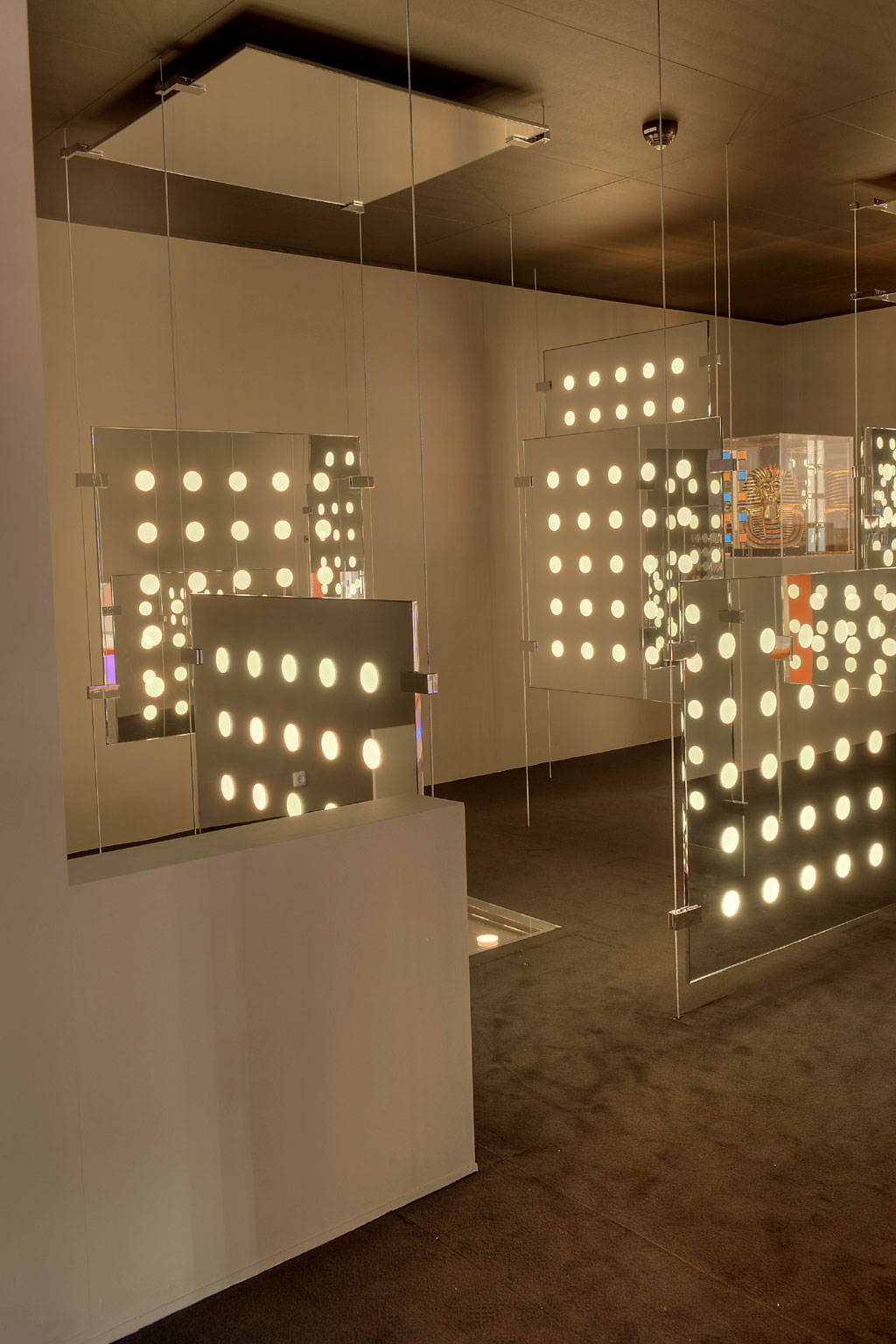
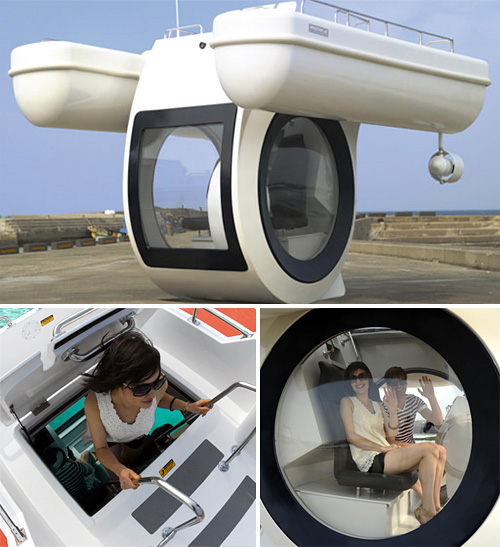
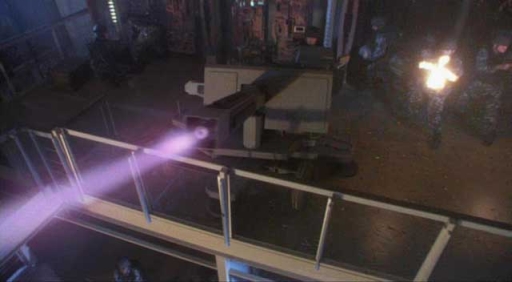
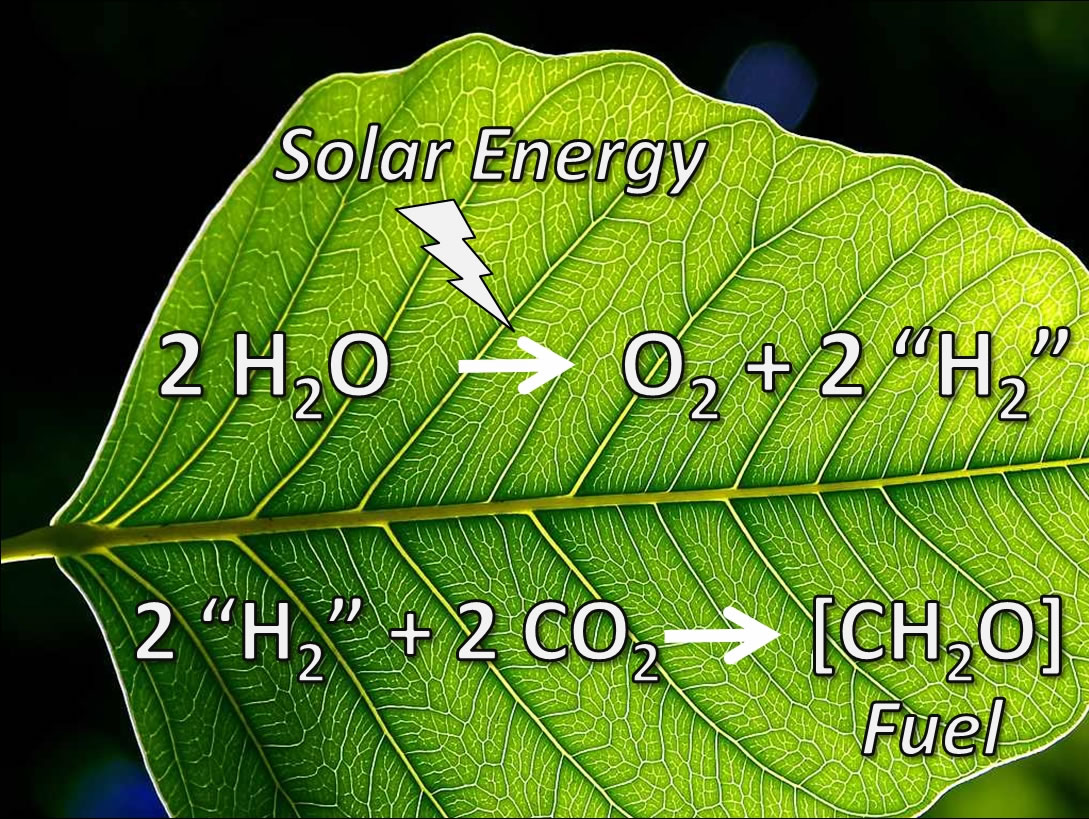 The key to this breakthrough is recent discovery of several powerful new, inexpensive catalysts, made of nickel and cobalt that are capable of efficiently splitting water into its two components, hydrogen and oxygen, under simple conditions. Right now, leaf is about 10 times more efficient at carrying out photosynthesis than a natural leaf.
The key to this breakthrough is recent discovery of several powerful new, inexpensive catalysts, made of nickel and cobalt that are capable of efficiently splitting water into its two components, hydrogen and oxygen, under simple conditions. Right now, leaf is about 10 times more efficient at carrying out photosynthesis than a natural leaf. 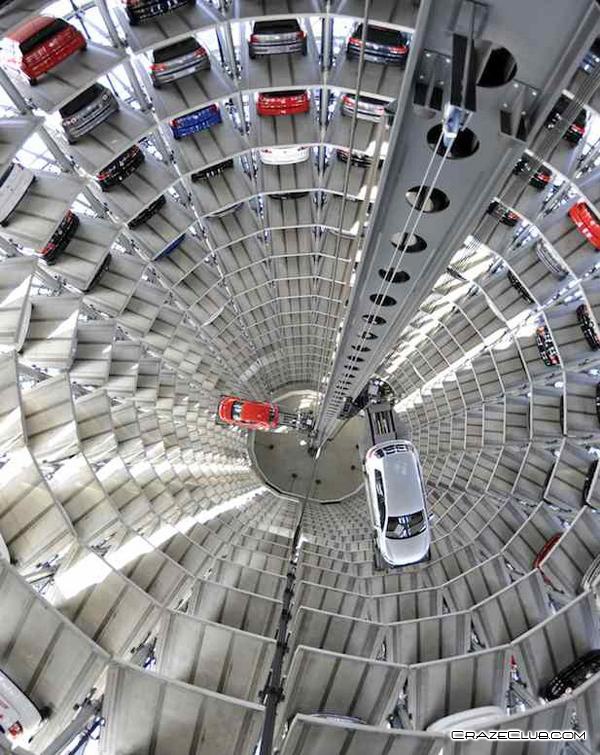
 The university is in the process of filing patents on the process.
The university is in the process of filing patents on the process.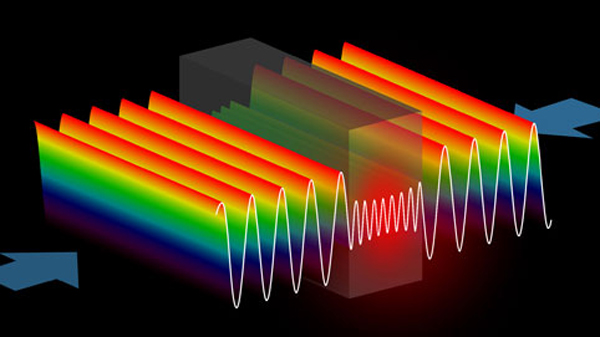
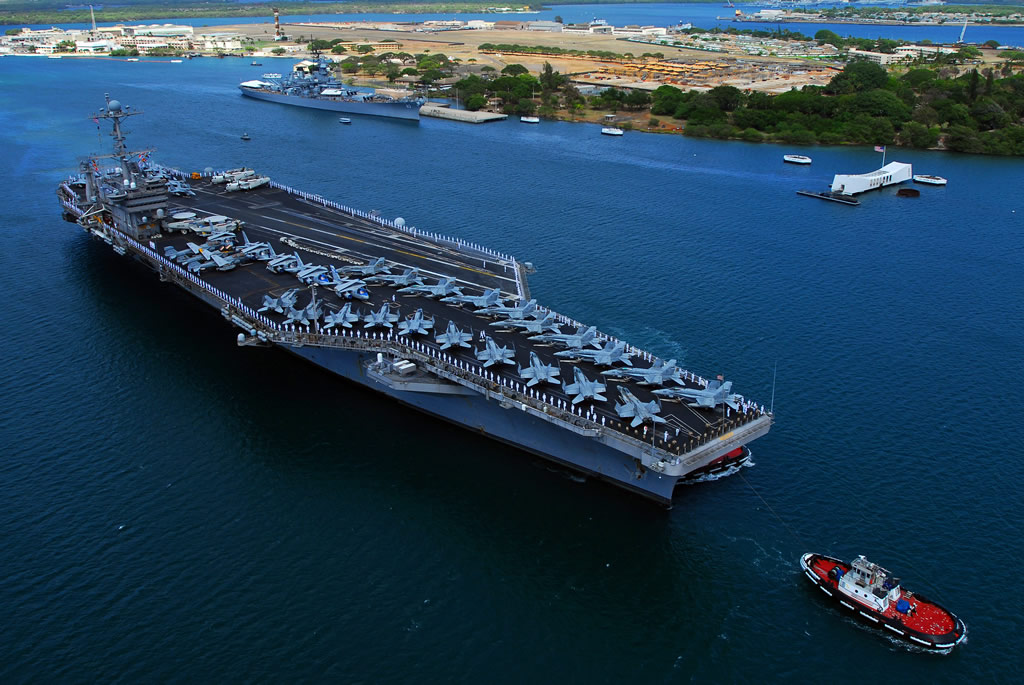 The Nimitz class aircraft carriers are the largest warships in the world, each designed for an approximately 50 year service life with one mid-life refueling. The NIMITZ-class carriers are a floating airport, capable of launching as many as four aircraft a minute. The ship's four catapults and four arresting gear engines enable her to launch and recover aircraft rapidly and simultaneously. The ships carry seven different types of aircraft with a total complement of more than 80 planes. During flight operations, the flight deck of 4.5 acres is a scene of intense activity, with crew, aircraft and other equipment functioning as a well-rehearsed and carefully choreographed team to ensure both efficiency and safety.
The Nimitz class aircraft carriers are the largest warships in the world, each designed for an approximately 50 year service life with one mid-life refueling. The NIMITZ-class carriers are a floating airport, capable of launching as many as four aircraft a minute. The ship's four catapults and four arresting gear engines enable her to launch and recover aircraft rapidly and simultaneously. The ships carry seven different types of aircraft with a total complement of more than 80 planes. During flight operations, the flight deck of 4.5 acres is a scene of intense activity, with crew, aircraft and other equipment functioning as a well-rehearsed and carefully choreographed team to ensure both efficiency and safety.